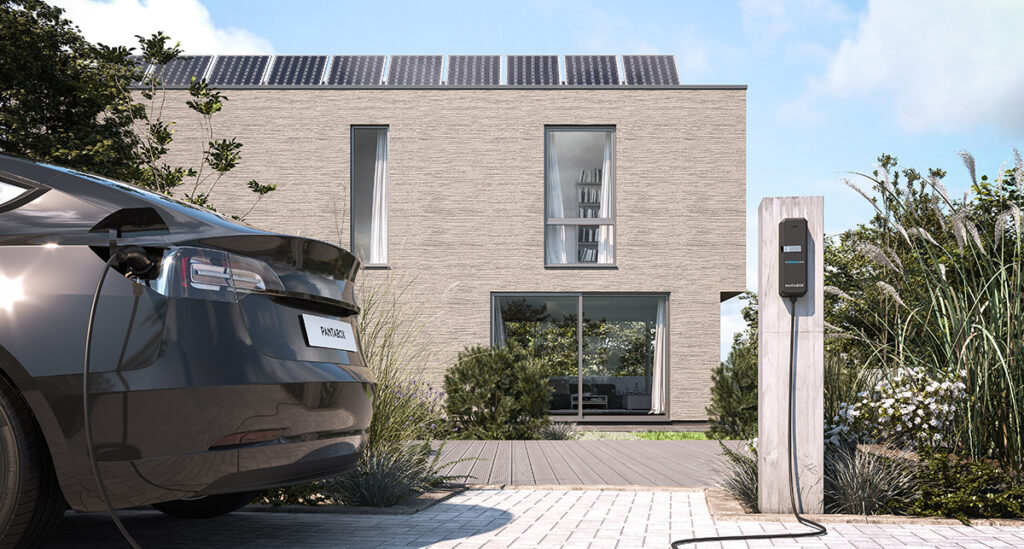
What requirements apply if you want to charge your electric car at home with surplus PV power?
Electric cars are becoming increasingly popular and the idea of charging them directly with solar power is particularly appealing to many e-car owners. After all, this not only protects the environment, but also saves money on your electricity bill. But how does charging an electric car with solar power work and what requirements need to be met?
Here are the most important points to bear in mind:
1. the photovoltaic system
The centrepiece for charging your electric car with solar power is a photovoltaic system. This converts solar energy into solar power, which you can use to supply your household and also to charge your vehicle.
Depending on the size of your roof and your electricity requirements, you should have the system planned individually. A PV system with 5-10 kWp is usually sufficient to cover both your household electricity requirements and to charge your electric car.
2. the inverter
The electricity generated by the PV system is direct current, which you cannot use directly for your household or for charging. You therefore need an inverter to convert the direct current into alternating current. This is why the inverter is the centrepiece of the solar system.
Modern inverters are usually very efficient and convert almost all the energy without loss.
3. the wallbox
To charge your electric car with solar power, a wallbox is mandatory. To be able to adjust the charging power in real time to the current PV surplus, the wallbox must have a dynamic control function.
4 The energy management system
An energy management system (HEMS) is required to optimise the use of the solar system and wallbox. This system monitors the electricity generated by the solar system, the electricity consumption in your household and controls the energy flow.
It is ensured that the surplus electricity is used for the electric car.
Modern energy management systems can also work with storage solutions and dynamic electricity tariffs and guarantee the desired charge level of the car at the set time.
5 The optional power storage unit
An electricity storage system is a useful addition to a PV system. This buffers the solar power generated when the sun is shining and releases it again when required. This allows you to bridge the night hours, for example
Conclusion
The option of charging your own electric car with solar power without emissions and at low cost can be easily realised with the right components.
With a PV system, wallbox and an energy management system, you can not only reduce your ecological footprint, but also save money in the long term.